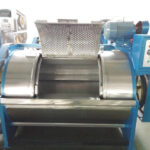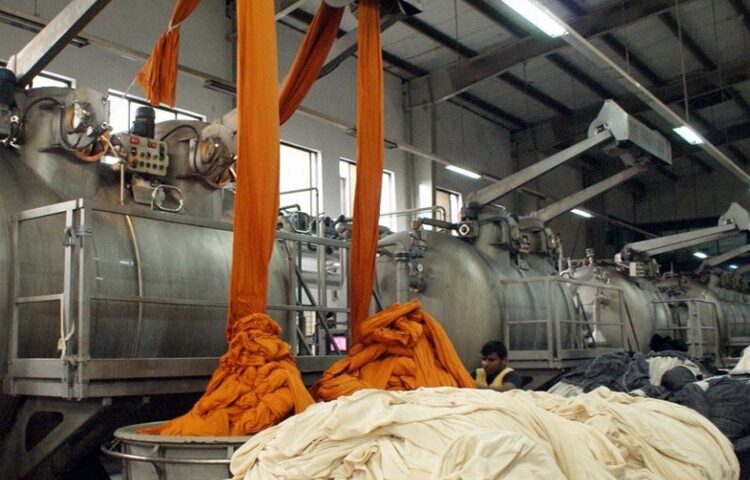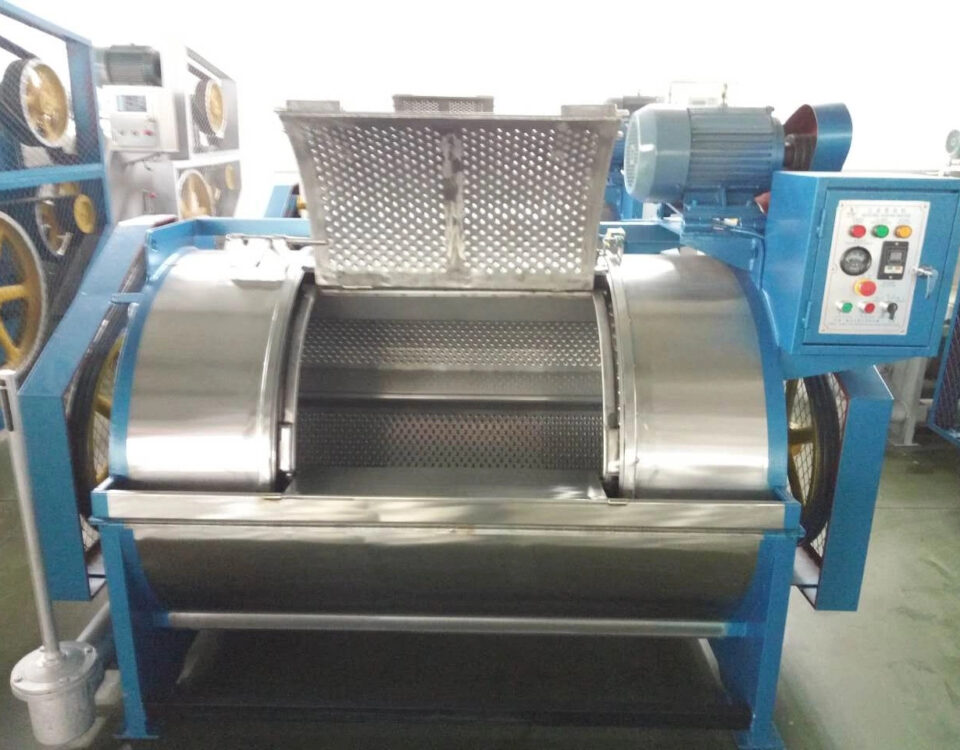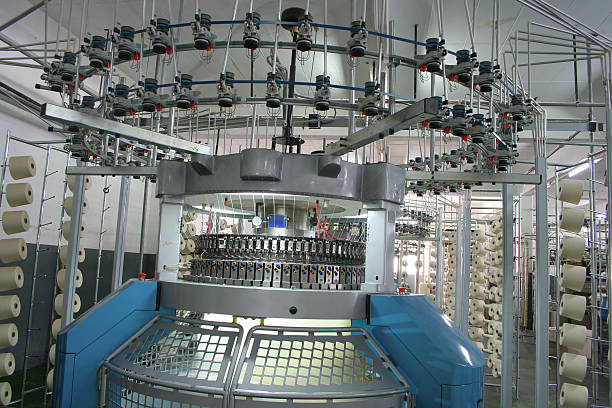
The Art and Science of Fabric Knitting: Inside Our Textile Clothing Factory
July 25, 2024
Vintage Revival
August 3, 2024Welcome to our blog, where we delve into the intricate and fascinating world of fabric dyeing at our textile garments factory. Dyeing is a crucial process that transforms raw textiles into vibrant, eye-catching fabrics that form the basis of beautiful garments. In this post, we’ll explore the techniques, technologies, and sustainability practices that define our approach to fabric dyeing.
The Importance of Fabric Dyeing
Fabric dyeing is essential for adding color and character to textiles. It involves applying dyes to fibers, yarns, or fabrics to achieve desired hues and patterns. This process not only enhances the aesthetic appeal of the garments but also contributes to the overall quality and performance of the fabric.
Dyeing Techniques
At our factory, we utilize a range of dyeing techniques to achieve various effects and meet different client needs. Here are some of the primary methods we employ:
1. Direct Dyeing
Direct dyeing involves applying dye directly to the fabric without any preliminary treatments. This method is straightforward and cost-effective, commonly used for dyeing cellulose fibers such as cotton.
2. Reactive Dyeing
Reactive dyeing forms a covalent bond with the fiber molecules, resulting in vibrant, colorfast fabrics. This method is ideal for cellulose fibers like cotton, linen, and viscose. The colors achieved through reactive dyeing are bright and resistant to washing and light exposure.
3. Vat Dyeing
Vat dyeing is a process where the dye is applied in a reduced, soluble form and then oxidized to its original insoluble form within the fiber. This technique is used for achieving deep, rich colors on cellulose fibers and is known for its excellent colorfastness.
4. Disperse Dyeing
Disperse dyeing is specifically used for synthetic fibers like polyester and nylon. Disperse dyes are applied in a fine aqueous dispersion and penetrate the fibers at high temperatures, resulting in vibrant, long-lasting colors.
5. Acid Dyeing
Acid dyeing is used primarily for protein fibers such as wool, silk, and some synthetics. The dyes form ionic bonds with the fibers, producing bright, vivid colors with good wash and light fastness.
The Dyeing Process
The dyeing process in our factory is meticulously planned and executed to ensure consistency and quality. Here’s a glimpse into the steps involved:
1. Pre-Treatment
Before dyeing, fabrics undergo pre-treatment to remove impurities and prepare the fibers for dye absorption. This step includes scouring (removing natural waxes and oils) and bleaching (whitening the fabric).
2. Dye Application
Dye is applied to the fabric using the chosen technique. The dyeing process is carefully monitored to maintain uniformity and achieve the desired shade.
3. Fixation
The dye is fixed to the fibers through chemical reactions, heat, or steam, depending on the dyeing method. This step ensures the dye bonds firmly with the fabric, enhancing colorfastness.
4. Post-Treatment
Post-treatment involves washing the dyed fabric to remove any unfixed dye and applying finishing agents to improve softness, handle, and performance characteristics.
5. Quality Control
Each batch of dyed fabric undergoes rigorous quality control checks to ensure color consistency, fastness, and overall quality. Our commitment to quality ensures that our clients receive fabrics that meet their exact specifications.
Sustainability in Fabric Dyeing
We are dedicated to minimizing our environmental impact through sustainable dyeing practices. Here are some of the initiatives we have implemented:
1. Eco-Friendly Dyes
We use eco-friendly dyes that are free from harmful chemicals and heavy metals. These dyes meet international standards for safety and environmental impact.
2. Water Conservation
Our dyeing process incorporates water-saving techniques and closed-loop systems to reduce water consumption. We also treat and recycle wastewater to minimize environmental pollution.
3. Energy Efficiency
We invest in energy-efficient machinery and processes to reduce our carbon footprint. By optimizing energy use, we contribute to a more sustainable manufacturing process.
4. Waste Management
We implement comprehensive waste management practices to reduce, reuse, and recycle dyeing waste. This includes recovering and reusing dye materials where possible.
Innovation in Fabric Dyeing
Innovation is at the heart of our dyeing operations. We continuously explore new technologies and methods to enhance the quality and sustainability of our fabrics. From digital dyeing techniques to advanced chemical formulations, we are committed to pushing the boundaries of what is possible in fabric dyeing.
Conclusion
Fabric dyeing is a complex and vital process that brings textiles to life. At our textile garments factory, we combine traditional craftsmanship with modern technology to produce vibrant, high-quality fabrics while prioritizing sustainability. We take pride in our dyeing expertise and look forward to continuing to innovate and lead in the textile industry.
Thank you for joining us on this journey through the world of fabric dyeing. Stay tuned for more insights and updates from our factory. If you have any questions or would like to learn more about our products and services, please feel free to contact us. Together, we can create a more colorful and sustainable future.



